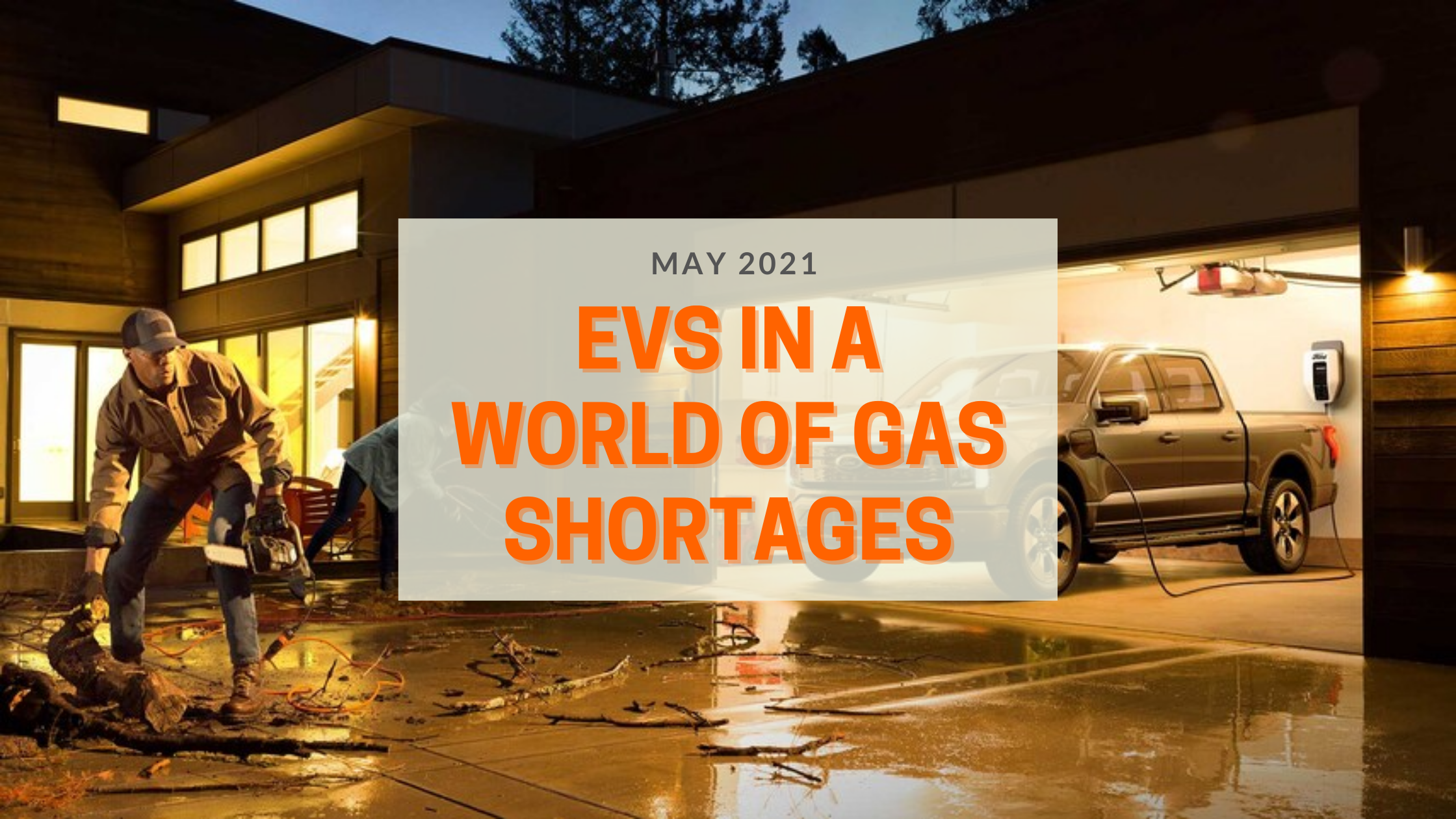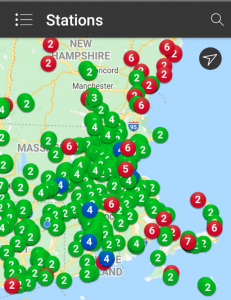EVs have certainly become a hot topic in recent months. With more models being announced and more brands releasing their first EVs, we are seeing a greater variety of choices for customers, which from our perspective, is a very good thing! Another event that has led EVs to rise to so many radars is the current gas shortage crisis. Long story short, a cyber-attack crippled a major pipeline and different regions of the US were affected in very different, but negative ways. Long lines and dry pumps existed in places directly affected by the shutdown of said pipelines. For us New Englanders, we saw a sharp increase in gas prices, just as we started entering the summer months. For those driving EVs, they were virtually unaffected.
For this conversation to maintain situational balance, we turn to the flip of the coin here. While gas shortages lead to major complications in the day to day of those who drive ICE powered vehicles, power outages can have a similar impact on those looking to charge their EVs. (That said, it is worth noting that a power outage would also heavily impact ICE power vehicles, as most gas station pumps can only work with electricity running to the station). We have some strong examples of what this scenario looks like. When looking at the state of California, where massive forest fires caused tremendous damage and loss to hundreds of thousands, the grid saw shutdowns in areas that had many EVs relying on it to “fuel” their propulsion. Strangely enough, the blackout saw a low impact on the EV owners in the area.

In these cases, many EV owners plug in their EVs every night (and program their EVs to charge during off-peak hours to earn their utility incentives) and start the next day with a full charge. You can never predict a power outage if you are an everyday driver, and when you drive an ICE vehicle, usually you won’t go to the pump until you’re near that “empty” alert. For an EV driver, there is no difference to what you’re paying (electric costs stay fairly consistent) from one day to the next, so might as well plug in and charge up. When the power went out for those drivers in CA, they already had mostly full charges, and because of that, were able to manage their driving schedules in a way that would allow them to weather the outage.

Then we look at EV drivers from Texas, and California, who had the combined benefits of solar panels and backup batteries installed in their home systems. Solar charged up those batteries and powered their homes during the day, while the home installed batteries powered the homes and charged the EVs during the night.
Combine these back-up solutions with the introduction of vehicles like the new Ford F-150 Lighting, their new all electric pickup coming out next year, featuring a 240v setup, you can power your home from your EV!

Ultimately, as long as you can charge your EV at home, when you wake up the next morning, you can rest assured that your EV will happily greet you with a full tank, and stress-free day with no need to search desperately for a working gas station.
Have questions? We’re happy to answer them at ev@ene.org.





